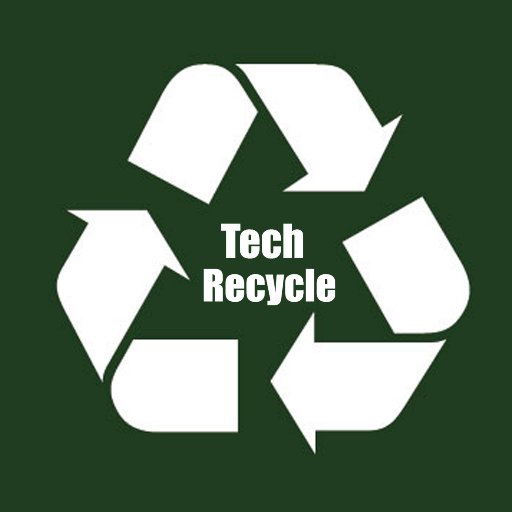Where do old devices go to die?

Old or unused devices usually follow the path of finding their way into the Cupboard or Drawer of Weird Things – and from there, they might go to a donated cause, online sale or eventually find their way to a landfill when they’ve gone past their use.
Devices like phones and laptops make up a great deal of the world’s waste and weight. But do they have to?
If you have any devices that have lost their spark, here’s how to dispose of them properly – and why you should always remove the drives first.
1. Remove the Battery First
Any devices that make their way into storage should ideally have their batteries removed first.
Batteries degrade in a different way than the rest of the device, and they present a unique environmental danger.
Batteries can puncture, leak and even explode under certain conditions.
Store the battery separately, or contact environmentally friendly battery disposal or recycling companies to take them off your hands.
2. Remember to Remove Memory Cards
Thousands of people dispose of their phones on a daily basis (or end up selling them) with the memory card inside it. Wondering where those holiday snaps went? Oh, yeah, there…
Always check dead or unused devices for memory cards. Odds are that it contains plenty of personal information that you might not want someone out there to have.
3. Contact Responsible Disposal Companies (or Trade-In)
If you have devices that you’d like to shift out of the way, it’s likely that there’s a reputable tech-recycling company who might be interested – and sometimes, they pay cash for it.
Remove all hard drives which might contain personal information (these can be salvaged at a later point) and get in touch with your closest recycling center.
Sometimes, shops who deal in technology offer trade-in deals that offer cash or store credit for devices you bring in.
